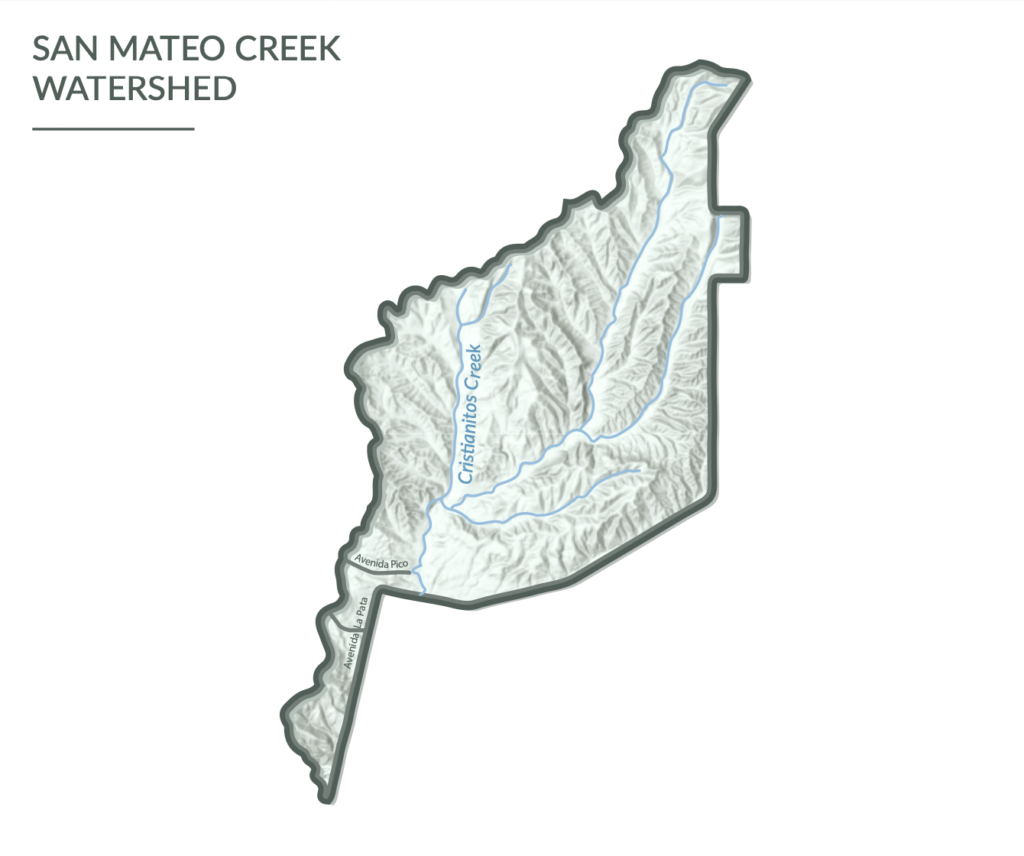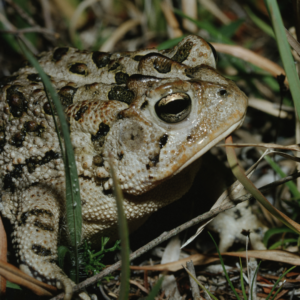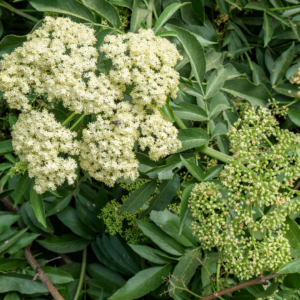Watershed Appreciation – Get To Know The San Mateo Creek Watershed
January 31, 2023

No matter where you are in Orange County, from the coast to the mountains, you’re in a watershed.
Rainwater is a resource! But, when it gets contaminated with pollutants, it can harm our local creeks, rivers, and ocean, so it’s up to all of us to do our part in protecting OC’s watersheds. Simple actions such as picking up after your dog, throwing away trash, and properly disposing of cigarette butts help prevent pollutants from flowing untreated through storm drains into our waterways.
The San Mateo Creek Watershed is the seventh in a series of blogs that showcase the wonders of each of the 11 watersheds in Orange County. If you’re new to the concept of watershed appreciation, our What is A Watershed? page is a great place to get started. Learn more and find out which watershed you live in by visiting our interactive map.
If you’re skating at Richard T. Steed Memorial Park or hiking on a trail along Cristianitos Creek, you’re enjoying the San Mateo Creek Watershed’s resources. From unique features and recreational opportunities to pollution prevention and stormwater resources, it’s time to take a deep dive and get to know the San Mateo Creek.
WONDERS OF THE SAN MATEO CREEK WATERSHED
Unique Features
The San Mateo Creek Watershed straddles the borders between Orange, Riverside, and San Diego Counties. Covering a total of 140 square miles, only 20 square miles of the watershed are within Orange County. At 22 miles long in its entirety, the watershed flows southwest from the Santa Ana Mountains to the Pacific Ocean. While the watershed’s namesake does not flow through OC, its largest tributary, the 10-mile Cristianitos Creek, does. Consisting of mostly open space, including canyons up to 2,500 feet deep and a mile wide, and only a small portion of the City of San Clemente, the San Mateo Creek Watershed is the least developed watershed in Orange County. These unique areas contribute to the beauty and biological diversity of our watersheds.
Wildlife & Plants
The San Mateo Creek Watershed is home to several Federally endangered species. These include aquatic and amphibious species like the tidewater goby and arroyo toad. Additionally, endangered avian species like the least Bell’s vireo, southwestern willow flycatcher, and California gnatcatcher also enjoy this watershed’s resources.


This watershed also hosts thriving California native plants like California bulrush, Mexican elderberry, and California sagebrush which support the endangered species listed above by providing critical habitat.

Recreation
The San Mateo Creek Watershed has wonderful outdoor recreation opportunities for hiking, baseball, softball, skateboarding, and bird watching. Visitors and locals alike can enjoy this watershed’s recreational areas, including:
- Richard T. Steed Memorial Park – Whether you’re a baseball/softball player, skater, or family interested in having a picnic, this park has what you’re looking for. With four lighted baseball/softball fields, three batting cage lanes, a lighted skatepark, and picnic area, everyone can have a great time at this park. Take advantage of the mountain view and remember to wear a helmet when skating!
- Cristianitos North Regional Trail – This 0.7 mile moderate trail is graded and open to hikers, bikers, and horses. Enjoy navigating through the wilderness while gazing on views of secluded canyons and native oak trees as you make your way to the water tower. Dogs are welcome, but they must be on a leash. Make sure to wear sturdy shoes!
- Cristianitos South Regional Trail – Explore this 2.8 mile moderate trail on your feet, bicycle, or horseback. Gaze at breathtaking views of Cristianitos Canyon and see California as it has been for thousands of years. Feel free to bring your furry friend with you too, but they must be on a leash. See how many different animals you can identify!
Water Quality
The San Diego Regional Water Quality Control Board helps regulate water quality in the San Mateo Creek Watershed through Municipal Separate Storm Sewer System (or MS4) Permit standards to keep our waterways healthy. In this watershed, H2OC is keeping their eyes on pollutants like bacteria to ensure aquatic life can continue to thrive. Due to the implementation of best management practices, pollutant levels have been significantly reduced over the last 15 years.
Some of the BMPs the City and H2OC have implemented to help meet water quality objectives include:
- Providing dog waste bags on trails
- Installing trash cans throughout trails
- Prioritizing low impact development like building rain gardens
- Covering trash cans
- Diverting dry weather runoff to the sanitary sewer where feasible
Protecting watersheds like San Mateo Creek is critical not only for the plants, animals, and people that live in them, but for their downstream impacts. San Mateo Creek flows to the Pacific Ocean at San Onofre State Beach, so it’s important to prevent runoff pollution no matter where you are in the watershed. The County of Orange, Orange County Flood Control District, and City of San Clemente are committed to protecting water quality in the San Mateo Creek Watershed for years to come.
Protecting the San Mateo Creek Watershed
Bacteria is the most prevalent pollutant in the San Mateo Creek Watershed. Below are ways you can help prevent pollution to keep the watershed healthy:
Properly Dispose of Animal Waste
- Bring dog waste bags with you.
- Pick up dog waste immediately.
- Tie dog waste bag shut and place in a covered trash can.
Prevent Littering
- Close the lids on any open garbage cans.
- Throw away all trash in a closed bin.
Maintain Your Property
- Properly dispose of cooking grease and only flush toilet paper down the toilet to prevent backups within your sewer lateral lines.
- Hire a licensed plumber to evaluate your sewer lateral or septic system and determine a maintenance schedule for your property.
- Repair or replace worn-out or damaged laterals as soon as possible.
More Ways to Appreciate Orange County’s Watersheds
There are many ways to get involved in your local community and appreciate your local watershed:
- Explore your watershed and report water pollution. While you’re visiting Orange County’s creeks, trails, and coastline, make observations about water quality conditions. If you see anything abnormal (such as high numbers of dead fish or fowl, oil spills/sheens, leaking barrels, or other signs of pollution), report it by visiting our Report Pollution page.
- Connect with area watershed organizations through local events. Join H2OC, other organizations, and your neighbors who are working to protect and restore our creeks, rivers, bays, and ocean. Find events in your area.
- Spread the word. To protect our waterways, share your knowledge about preventing water pollution and encourage others to do the same. You can even involve your kids in learning about watersheds and pollution prevention through our Stormwater 101 for Students page.
- Learn more. Visit our What is a Watershed? page and our Tips for Protecting Your Watershed brochure.
To learn more about the San Mateo Creek Watershed, click here.